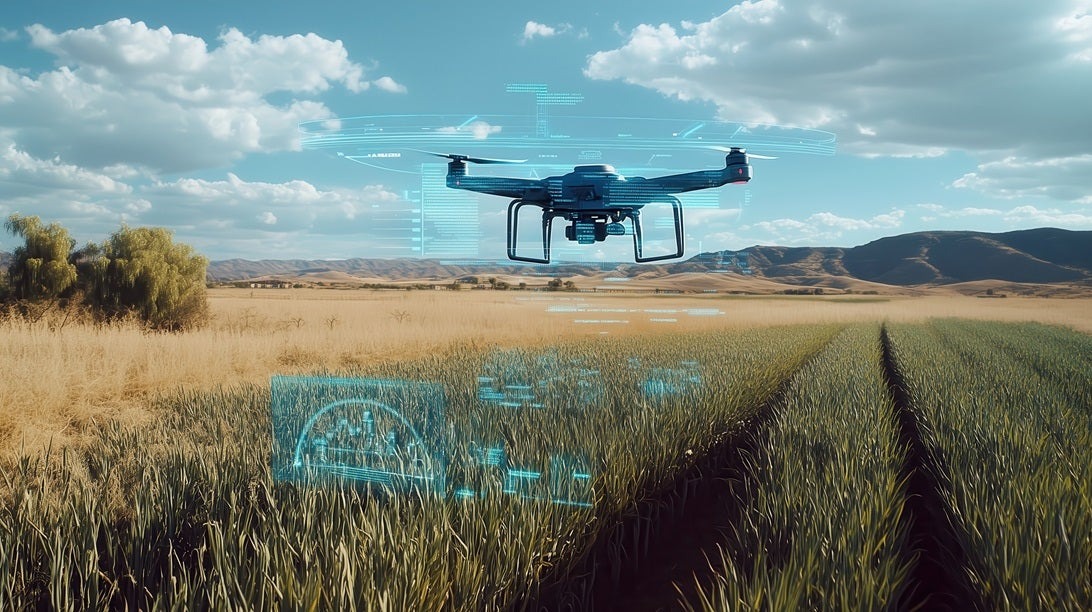In recent years, the fusion of artificial intelligence (AI) and drone technology has opened unprecedented avenues for environmental monitoring Invasive Species Detection. These AI-powered drones are not just flying cameras; they are transforming the way scientists, conservationists, and policymakers gather data, analyze ecosystems, and respond to environmental challenges in real time.
The Evolution of Environmental Monitoring
Traditional environmental monitoring has often involved labor-intensive methods such as ground surveys, satellite imagery, and fixed sensor networks. While effective, these methods can be costly, time-consuming, and sometimes limited in scope or frequency. Drones entered the scene as a flexible, cost-effective alternative capable of reaching remote or hazardous areas quickly. However, without AI, drones primarily served as data collection platforms.
The integration of AI elevates drones from passive observers to intelligent agents capable of autonomous decision-making, adaptive learning, and sophisticated data processing onboard.
How AI-Powered Drones Work
AI algorithms onboard drones enable them to:
-
Identify and classify objects such as animals, plants, or pollution sources using computer vision and machine learning models.
-
Analyze patterns and anomalies in environmental data, like detecting changes in vegetation health or spotting illegal logging activities.
-
Autonomously navigate complex terrains without human intervention, optimizing flight paths for comprehensive data coverage.
-
Process and interpret data in real time, providing immediate insights rather than requiring extensive post-flight analysis.
Applications in Environmental Monitoring
1. Wildlife Conservation and Poaching Prevention
AI drones equipped with thermal cameras and pattern recognition software can detect and track endangered species even in dense forests or at night. They can also identify suspicious human activity related to poaching, alerting authorities instantly, which improves response times and enhances protection efforts.
2. Forest Health and Deforestation Tracking
By analyzing multispectral and hyperspectral imagery, AI-powered drones assess forest health indicators like leaf chlorophyll levels, disease outbreaks, or drought stress. This helps forest managers intervene early and better understand deforestation rates and patterns.
3. Marine and Coastal Ecosystem Monitoring
Drones can monitor coral reefs, detect illegal fishing, and track coastal erosion with AI algorithms that identify changes in water quality, marine species populations, and shoreline dynamics. This is critical for preserving fragile marine environments threatened by climate change.
4. Pollution Detection and Air Quality Monitoring
AI drones are increasingly equipped with sensors to measure air pollutants or identify sources of chemical spills and illegal waste dumping. Real-time data allows for rapid containment and mitigation, reducing environmental damage and health risks.
Challenges and Future Prospects
Despite the tremendous potential, several challenges remain:
-
Regulatory hurdles related to drone flights in protected or urban areas.
-
Data privacy and ethical concerns about surveillance.
-
Technical limitations such as battery life, payload capacity, and the need for robust AI models that can adapt to diverse environments.
Future advancements could see swarms of collaborative AI drones working together, combining data from multiple sensors and viewpoints for even richer environmental insights. Integration with satellite data and ground sensors will create comprehensive, multi-layered environmental monitoring systems.
Conclusion
AI-powered drones represent a groundbreaking leap in environmental monitoring, enabling faster, smarter, and more precise observation and management of our planet’s ecosystems. By harnessing this technology, humanity gains powerful tools to better understand and protect the environment — a vital step toward sustainable stewardship in an era of rapid ecological change.




